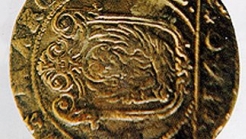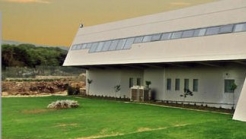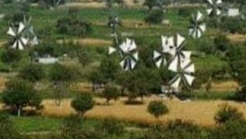

Greece
Jewish Museum of Greece was founded in 1977, in order to collect, maintain and display the civilization material connected to the 2300 years of presence of the jewish community in Greece.
Jewish Museum of Greece was founded in 1977, in order to collect, maintain and display the civilization material connected to the 2300 years of presence of the jewish community in Greece.
Its collection is comprised of 7500 prototype objects, photographs and files, and contains varied material from the everyday and religious life and historic course of the Greek Jews.
The new Museum building houses the rich collection and the infrastructure to offer services to the public. The entire area of the Museum has been organized in spaces of permanent exhibition of the collection, modern art exhibitions, temporary exhibitions, video projections, training programmes room, library, photo archives and workshop, maintenance laboratory and gift shop.
In the museum, temporary exhibitions and events about modern arts, literature, poetry, music and in general every form of human expression are frequently organized. Also, the Museum plans to study the timeless and versatile character of the greek jewism. As a place of discovery, meeting and positive dialog between memories and history, between personal and collective identity, it attempts to be an active cultural spot for the continuity of history and collective memory.


The museum was founded in 1967 and opened in September 1993. Housed in a building that exemplifies local traditional architecture and developed at two levels.


The Museum of ancient Eleutherna - Homer in Crete is the first archaeological site museum in Crete. The museum created to house the results of the excavations carried out for thirty years in the ancient city of Eleutherna. The originality of this museum is that the objects of the permanent exhibitio


Lassithi is a part of Crete where you have the chance to meet the long history of the island from all time periods and at the same time to enjoy the incredible changes of the natural environment.
1039 Ε 6061 01515 00